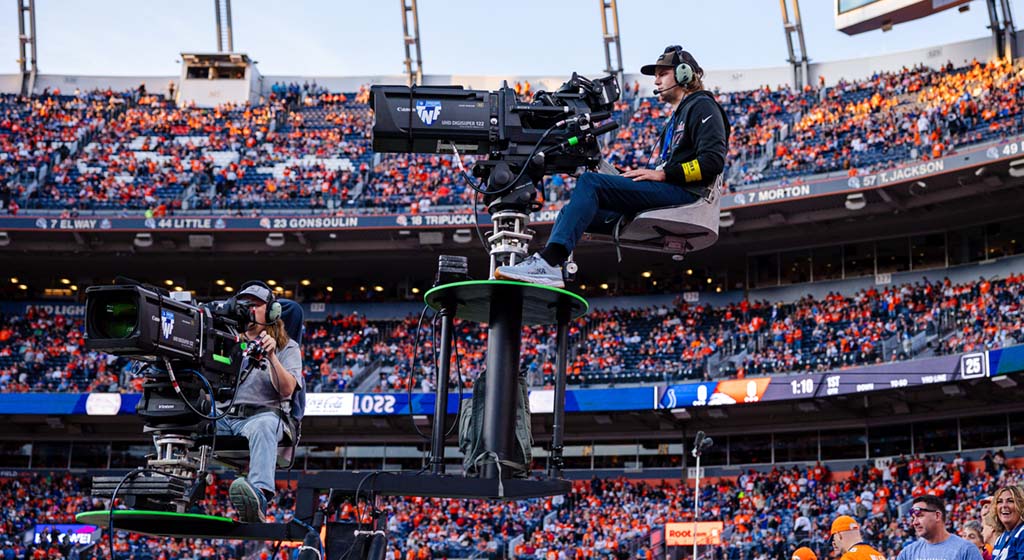RF Shorts for Feb. 22, 2013
FCC NPRM Hints of 5 GHz Wi-Fi Spectrum Expansion
At Wednesday's Open Commission Meeting the FCC adopted a Notice of Proposed Rule Making (NPRM) adding 195 MHz of spectrum to the 5 GHz Wi-Fi band. The text of the NPRM had not been released as of Thursday morning.
Tammy Parker has detailed coverage of this in her article FCC Charges ahead with 5 GHz Wi-Fi spectrum plan on FierceBroadbandWireless.com. She writes “However, the FCC's move has raised red flags among automakers and the U.S. Department of Transportation, which have been testing new connected car technologies designed to prevent accidents using 5.9 GHz spectrum, which is part of the 195 MHz the FCC wants to open up for Wi-Fi. The commission will solicit public comments regarding its 5 GHz plan over the coming months.”
CNET has coverage of the FCC meeting in Marguerite Reardon's article FCC takes first step toward allocating more Wi-Fi spectrum. The article adds “The commission also approved new regulation that will allow consumers to use approved and licensed signal boosters to fill gaps in wireless coverage. The new rules create two classes of signal boosters. One will be for consumer use while the other will be used by businesses. Each will have their own set of requirements to minimize interference with other wireless networks.”
At this year's Consumer Electronics Show FCC Chairman Genachowski said the FCC planned on expanding 5 GHz Wi-Fi spectrum.
New Smartphone Integrates Case and Antenna
One of the items in HTC's announcement of its new HTC One smartphone that caught my eye was its “no gap” all-aluminum body with a built-in antenna that’s supposed to be less sensitive to how the device is held. Details were sparse, but it does not appear to use the same antenna technology as the Apple “Micro-Slot” antenna I covered last week. CNET's Roger Cheng has a description of the HTC One and a picture of the aluminum case in HTC One aims to make good first impression with all-metal body. Cheng writes that HTC design guru Scott Croyle “wasn't shy about comparing the One's ‘solid’ feel to the competition, although he didn't mention names.”
Cheng continues, “His focus on the all-metal attributes is a direct shot at the iPhone 5, which similarly uses aluminum, but has a top and bottom row on the back that's constructed of glass, enabling the antenna inside to broadcast and receive signals. The HTC One, however, worked around that by building the antenna into the metal back of the phone, allowing for a more seamless looking device.”
The article does describe how the antenna/case is constructed--“There are multiple panels, but they feel like one part”--but doesn't explain exactly how they work.
Company Uses Cell Phone “Radiation Fear” to Map System Coverage
While you may not be worried about RF radiation from your smartphone, you probably know someone who is, and this is the group that Tawkon is targeting with its free track phone radiation app. You may, however, be surprised at Tawkon's business model.
Max Smolaks reveals the story behind Tawkon in his article Start-Up Tawkon Rides Radiation Scare to Build Phone Coverage Maps.
He writes, “It doesn’t really matter whether you believe that a mobile phone can fry your brain, says Tawkon. The app is free, and will reassure users. However every user will contribute precious data that Tawkon aggregates to build coverage maps of every mobile network operator in the world.Thanks to this data, Tawkon can find out the areas where most calls were dropped, or where the coverage is patchy. It also gives other data. According to the findings, Latin Americans tended to answer their calls significantly quicker than the rest of the world. In Panama, the average time the phone is left ringing before an answer is 6.42 seconds, while in Libya it’s almost double that--11.16 seconds.”
Smokaks concludes, “You may argue that Tawkon is basing its business on unscientific fear, but it’s a free service that might just help users feel safe, while keeping the rest of us well-connected.
Comments and RF related news items are welcome. Email me at dlung@transmitter.com.
Get the TV Tech Newsletter
The professional video industry's #1 source for news, trends and product and tech information. Sign up below.

Doug Lung is one of America's foremost authorities on broadcast RF technology. As vice president of Broadcast Technology for NBCUniversal Local, H. Douglas Lung leads NBC and Telemundo-owned stations’ RF and transmission affairs, including microwave, radars, satellite uplinks, and FCC technical filings. Beginning his career in 1976 at KSCI in Los Angeles, Lung has nearly 50 years of experience in broadcast television engineering. Beginning in 1985, he led the engineering department for what was to become the Telemundo network and station group, assisting in the design, construction and installation of the company’s broadcast and cable facilities. Other projects include work on the launch of Hawaii’s first UHF TV station, the rollout and testing of the ATSC mobile-handheld standard, and software development related to the incentive auction TV spectrum repack. A longtime columnist for TV Technology, Doug is also a regular contributor to IEEE Broadcast Technology. He is the recipient of the 2023 NAB Television Engineering Award. He also received a Tech Leadership Award from TV Tech publisher Future plc in 2021 and is a member of the IEEE Broadcast Technology Society and the Society of Broadcast Engineers.
